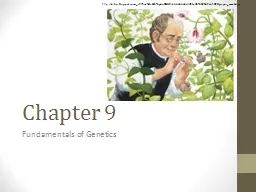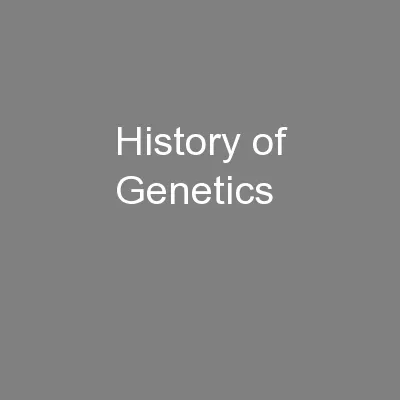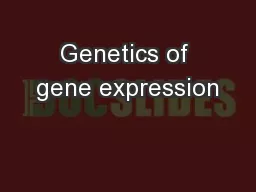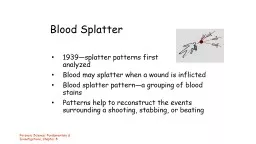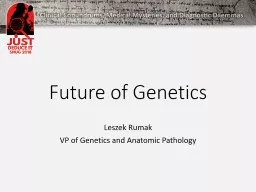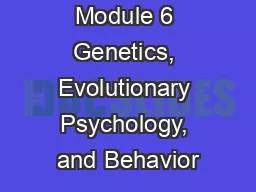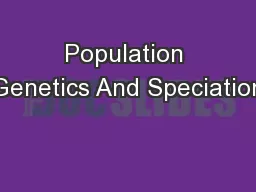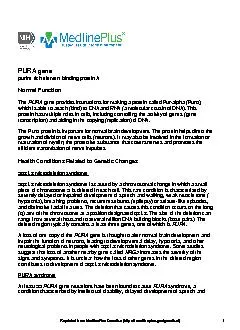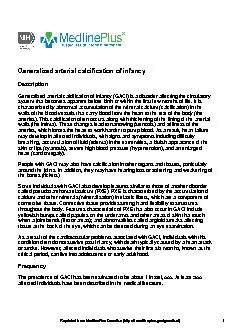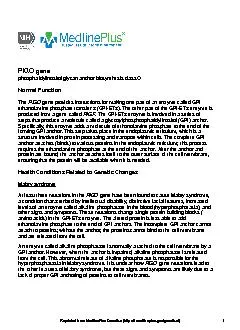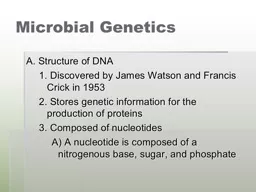PPT-Chapter 9 Fundamentals of Genetics
Author : phoebe-click | Published Date : 2020-01-06
Chapter 9 Fundamentals of Genetics http4bpblogspotcomeR7NoV1Oe6QTAgAp0QG0UIAAAAAAAAM0IqZbTAbC8A9As1600gregormendeljpg Section 1 Vocabulary Pretest Genetics Heredity
Presentation Embed Code
Download Presentation
Download Presentation The PPT/PDF document "Chapter 9 Fundamentals of Genetics" is the property of its rightful owner. Permission is granted to download and print the materials on this website for personal, non-commercial use only, and to display it on your personal computer provided you do not modify the materials and that you retain all copyright notices contained in the materials. By downloading content from our website, you accept the terms of this agreement.
Chapter 9 Fundamentals of Genetics: Transcript
Download Rules Of Document
"Chapter 9 Fundamentals of Genetics"The content belongs to its owner. You may download and print it for personal use, without modification, and keep all copyright notices. By downloading, you agree to these terms.
Related Documents

